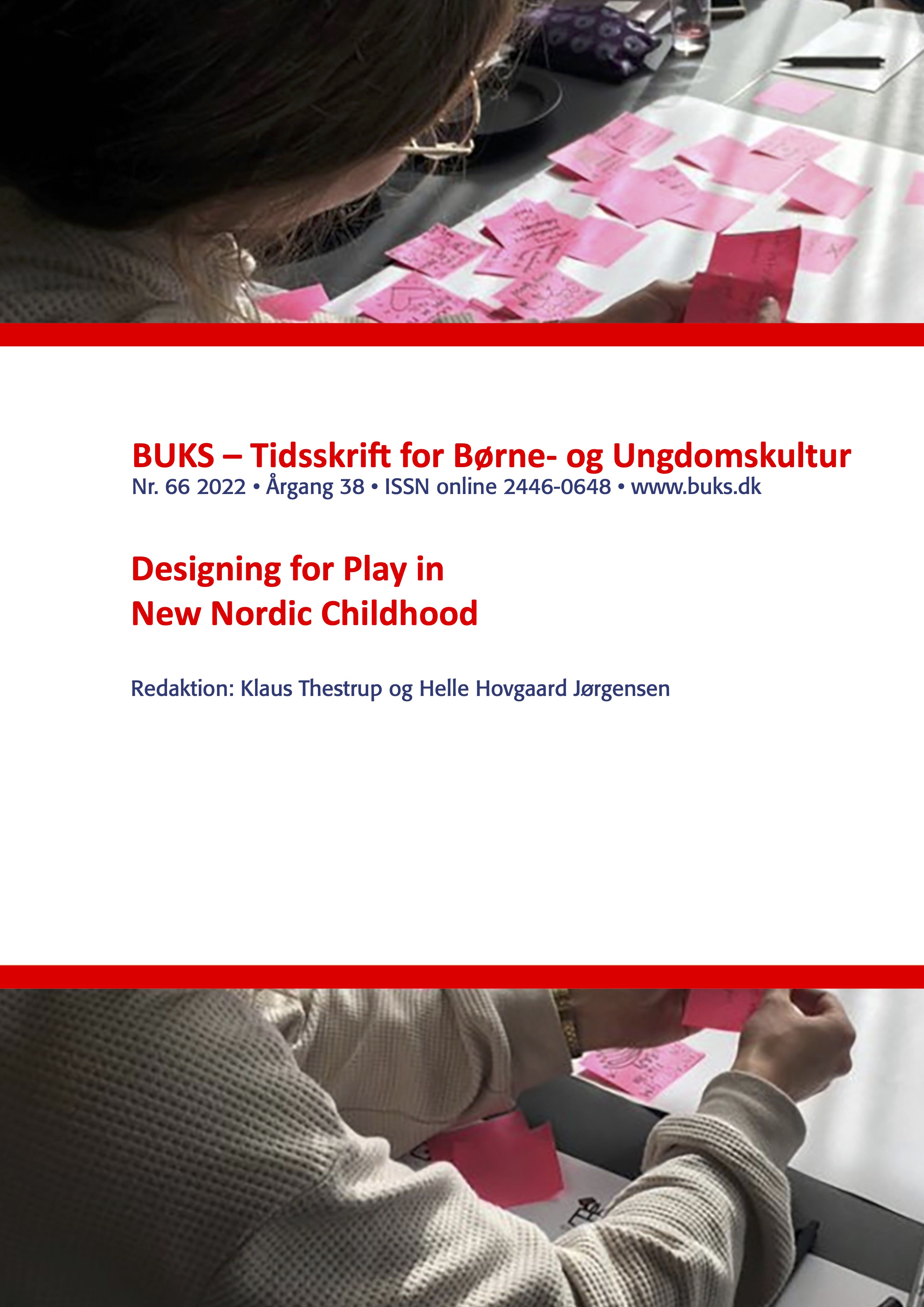Playing through clothes: Clothes as a creative tool in the School environment
DOI:
https://doi.org/10.7146/buks.v38i66.133787Emneord (Nøkkelord):
clothing, fashion, co-design, participative design, design anthropology, childrenswearSammendrag
Led by the French National Museum of Education and Heriot-Watt University (UK), Dressed for School involves a group of interdisciplinary researchers, educators and design practitioners, aiming to analyse the interactions between children and their clothes at school. As part of this project, a series of case studies focuses on the functional and creative impact of children’s clothing at school. This paper presents the findings gathered at an intermediary stage of an interdisciplinary project ongoing until 2022, and their evaluation thanks to cross-disciplinary and mixed anthropological methods with and on school aged children. Placing the child at the heart of the process, in well identified contexts, this research provides educationally impactful pilots where clothes are considered as legitimate components of a Learning through play approach. Beyond the sole context of the United-Kingdom (Scotland) and France, this research highlights the need for more consideration of children as users and co-designers of their own clothes. Using the COVID-19 »opportunity« to observe children in unprecedented experiences, this impactful project invites industry and policy makers to place a different perspective on clothing. Indeed, this project questions clothing as a support for learning, a socialising and creative tool, and as having a legitimate role to play in children’s education. This innovative research could inspire educational experimentations towards the development of participative learning and co-creation in design, en oeuvre in Nordic countries.
Nedlastinger
Publisert
Hvordan referere
Utgave
Seksjon
Lisens
Opphavsrett 2022 © BUKS og forfatterne

Dette verket er lisensiert under Creative Commons Attribution-NoDerivatives 4.0 International License.
Tidsskriftet følger dansk ophavsret





